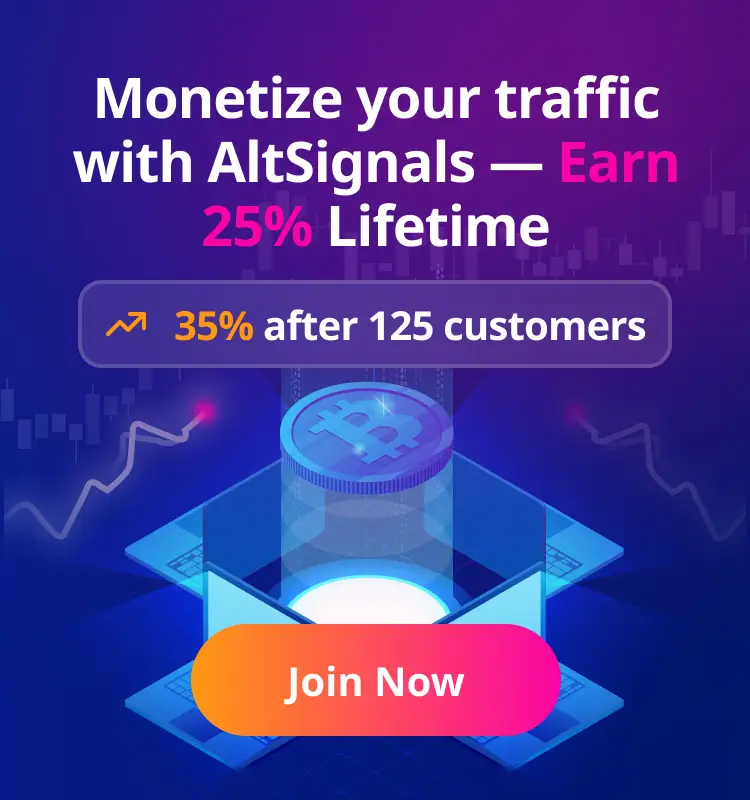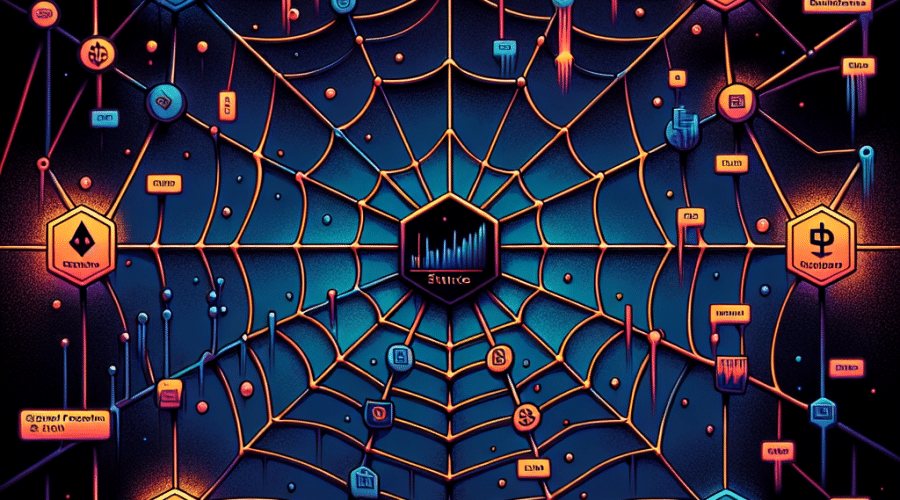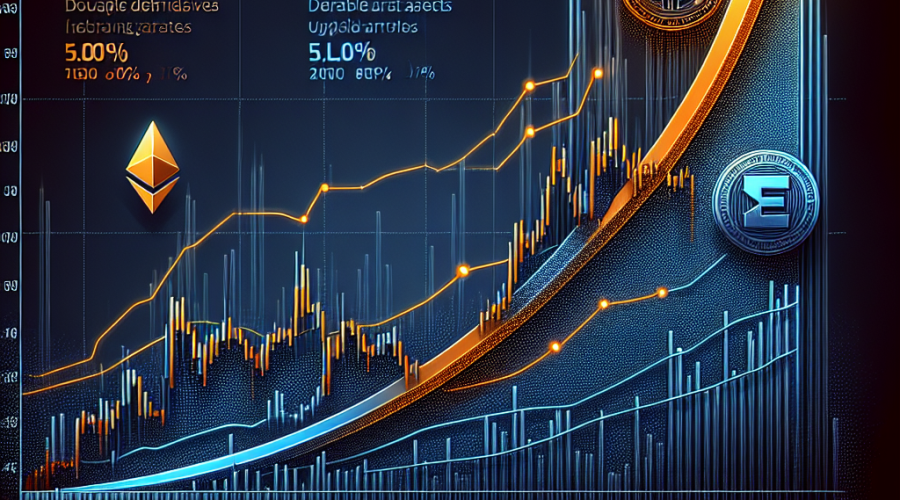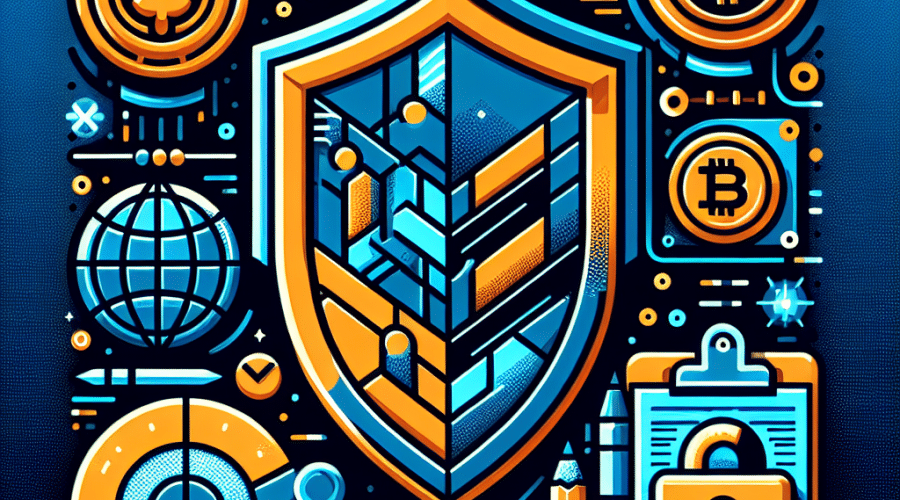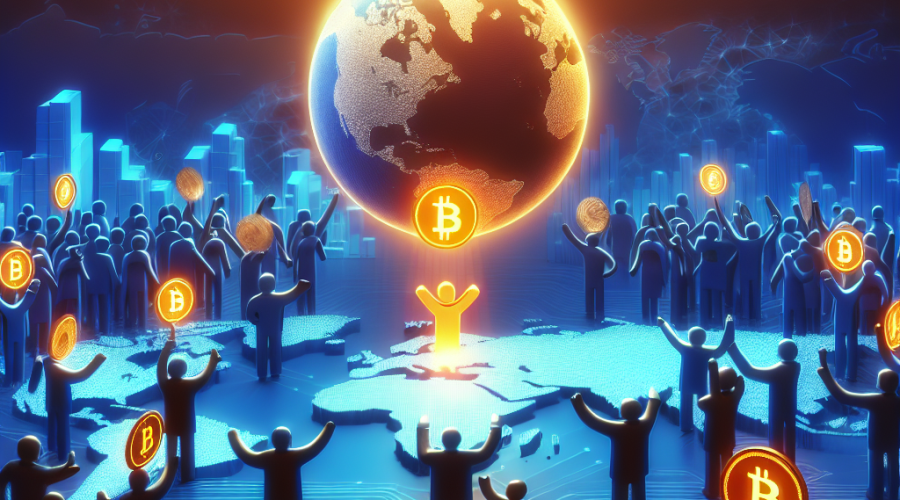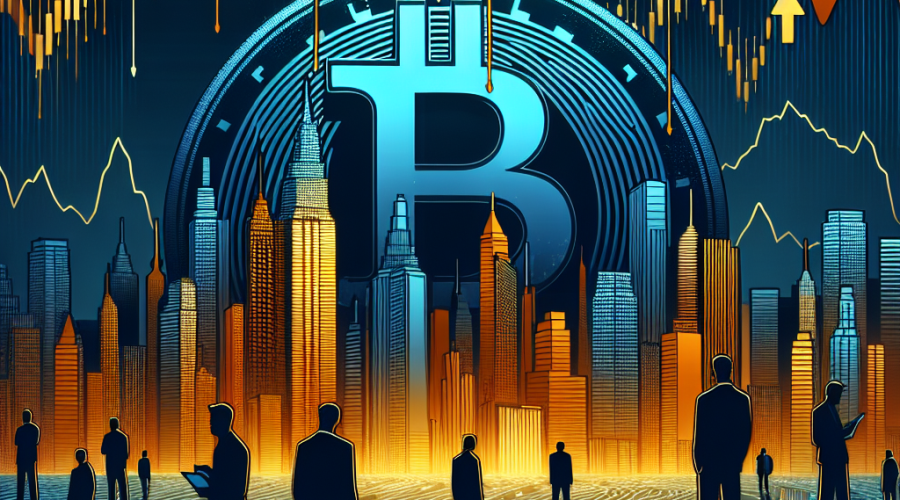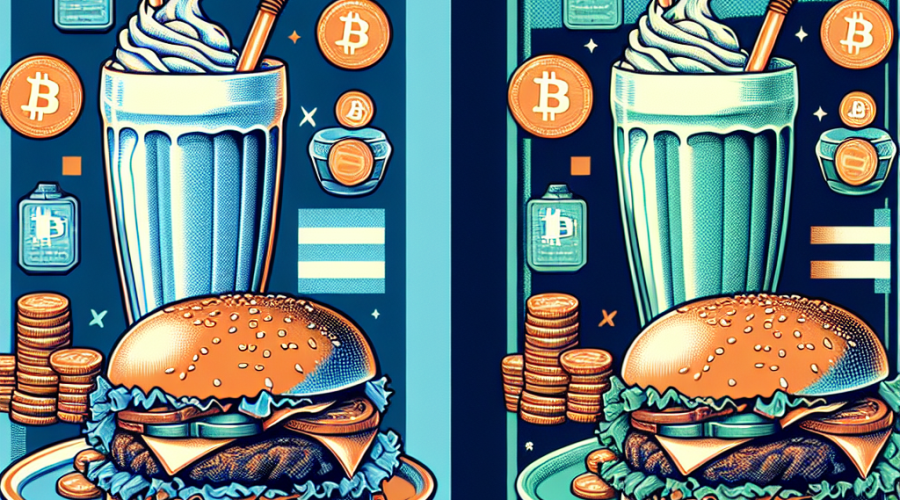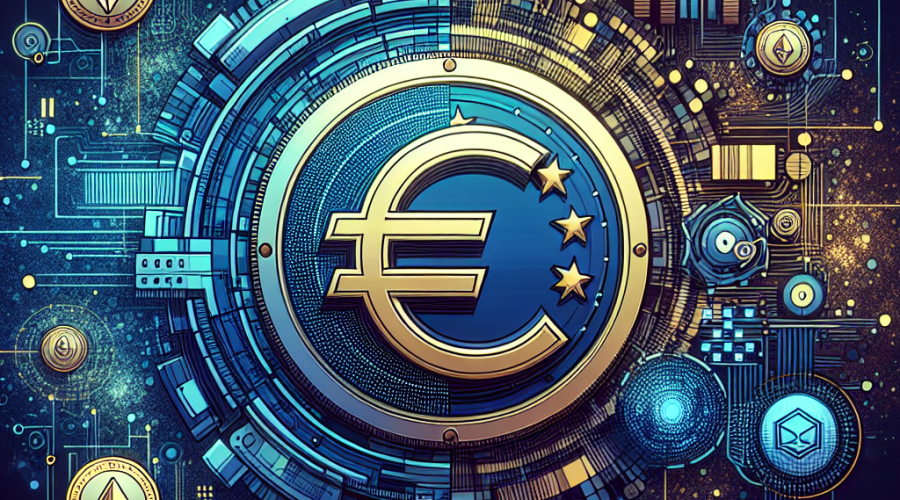In the dynamic world of cryptocurrency, Solana has distinguished itself as a leader. Its primary selling point is its scalability born out of its unique proof-of-history (PoH) consensus mechanism which enables it to process thousands of transactions per second at a minimal cost—unlike Ethereum which has faced congestion issues and high gas fees. This scalability feature of Solana has made it a popular choice among decentralized application (dApp) developers.
Solana’s Elegant Solution to Scalability
Due to its unique design, Solana offers a highly scalable network that can handle thousands of transactions per second. In addition to its increased transaction speed, Solana’s network also stands out due to the low costs associated with sales, making it a much more affordable option for dApp developers. This advanced scalability and speed have made Solana the go-to platform for many developers, further enhancing its position in the crypto-space.
The Expanding Ecosystem
One key element of Solana’s growth in popularity has been its constantly growing ecosystem. The network has become a hub for different projects ranging from non-fungible tokens (NFTs) to gaming applications and DeFi platforms. High profile projects such as Magic Eden, Solend, and Serum have taken full advantage of Solana’s fast and cost-efficient network to grow their user base. This rush of activity has solidified Solana’s position as one of the top smart contract platforms in the blockchain industry.
Challenges Solana Faces
Despite Solana’s inherent advantages, it has not been without its fair share of challenges. Issues such as network outages which affect user confidence have raised concerns about the blockchain’s reliability. Even though developers are relentlessly working on resolving these issues, they highlight the difficulties that come with the rapid expansion of a blockchain.
Additionally, the smart contract space competition continues to heat up with Ethereum’s layer-2 scaling solutions reducing its transaction costs and increasing efficiency. Alongside Ethereum, networks like Avalanche and Cardano are competing for market share, compelling Solana to continue innovating and enhancing its network.
Emerging Players: BeerBear
While Solana is making a name for itself through scalability and high-speed transactions, newer blockchain projects like BeerBear are winning hearts through community-driven incentives and engagement. The BeerBear project, unlike Solana, focuses on play-to-earn gaming mechanisms that reward users for participation.
Additionally, BeerBear’s structured pre-sale model, which starts at $0.0004 and progresses to $0.0020, offers a transparent approach to token distribution. The project offers not only a gaming experience but also a unique token distribution model, offering more to users than simple token speculation.
Investor Considerations
As part of their evaluation process, investors who track Solana’s progress are looking at key factors such as network stability, ecosystem growth, and regulatory developments. As the level of competition in the crypto-space continues to rise, Solana’s position in the industry will largely depend on the improvements in reliability and adoption.
Meanwhile, projects like BeerBear demonstrate the potential of blockchain-based gaming and incentive-driven ecosystems to capture users’ interest. While Solana’s primary focus is on infrastructure and scalability, BeerBear adopts a different approach. The BeerBear project capitalizes on engagement-driven participation, offering an alternative perspective on blockchain utility.
The Role of Solana in the Crypto Landscape
Solana continues to play a significant role in the evolving cryptocurrency market due to its scalability capabilities and affordability. However, potential obstacles like network reliability issues and high levels of competition will undoubtedly shape Solana’s future.
As the blockchain landscape continues to diversify, promising projects like BeerBear are demonstrating new use cases for decentralized applications. New developments range from gaming to reward-driven participation and showcase how the advantages of blockchain can stretch beyond just smart contracts. Whether it’s high-performance networks like Solana or interactive ecosystems like BeerBear, the ever-changing crypto-space continues to provide multiple routes for innovation and adoption.




